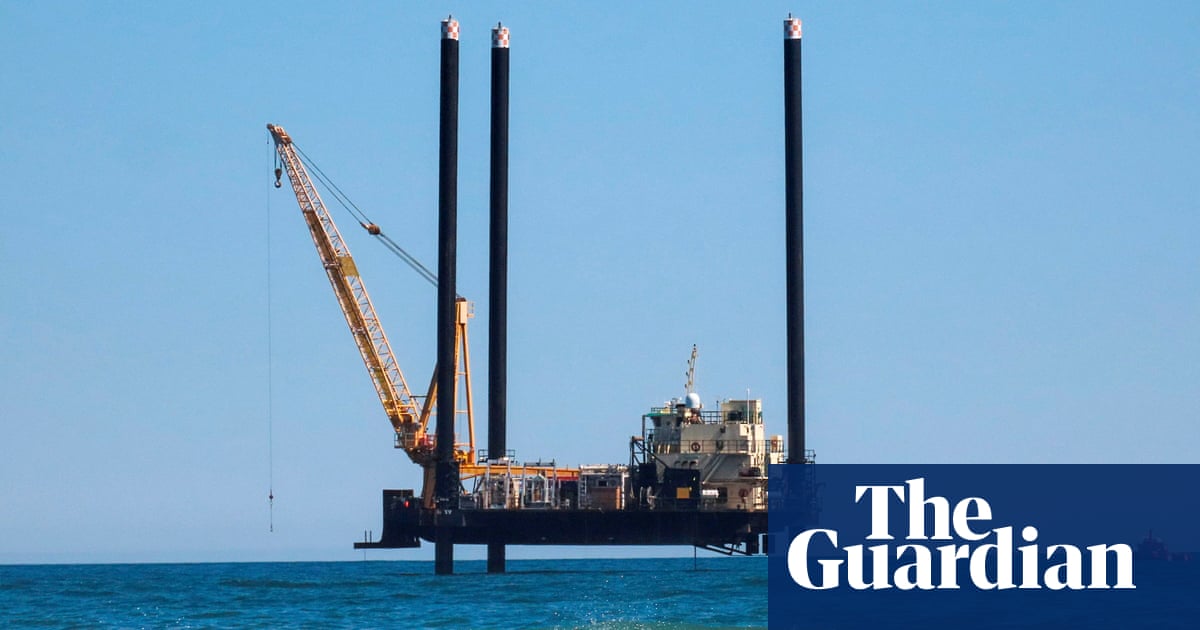CAPE CANAVERAL, Fla. (AP) — NASA’s Lucy spacecraft will swoop past a small asteroid this weekend as it makes its way to an even bigger prize: the unexplored swarms of asteroids out near Jupiter.
It will be the second asteroid encounter for Lucy, launched in 2021 on a quest that will take it to 11 space rocks. The close approaches should help scientists better understand our early solar system when planets were forming; asteroids are the ancient leftovers.
The upcoming flyby is a dress rehearsal for 2027 when Lucy reaches its first so-called Trojan asteroid near Jupiter.
Cranking up its three science instruments, the spacecraft on Sunday will observe the harmless asteroid known as Donaldjohanson. The encounter will take place 139 million miles (223 million kilometers) from Earth in the main asteroid belt between Mars and Jupiter, so far away it will take 12 minutes for each bit of data to reach flight controllers in Colorado.
The paleontologist for whom the asteroid is named plans to be at spacecraft builder and operator Lockheed Martin’s Mission Control for all the action. He discovered the fossil Lucy in Ethiopia 50 years ago; the spacecraft is named after the famous human ancestor.
NASA’s Lucy will venture as close as 596 miles (960 kilometers) to this asteroid, an estimated 2 ½ miles (4 kilometers) in length but much shorter in width. Scientists should have a better idea of its size and shape following the brief visit. The spacecraft will zoom by at more than 30,000 mph (48,000 kph).
The asteroid is among countless fragments believed to have resulted from a major collision 150 million years ago.
“It's not going to be a basic potato. We already know that,” said lead scientist Hal Levison of Southwest Research Institute.
Rather, Levison said the asteroid may resemble a bowling pin or even a snowman like Arrokoth, the Kuiper Belt object visited by NASA's New Horizon spacecraft in 2019. The other possibility is that there are two elongated but separate asteroids far apart.
“We don’t know what to expect. That’s what makes this so cool,” he said.
There will be no communications with Lucy during the flyby as the spacecraft turns its antenna away from Earth in order to track the asteroid. Levison expects to have most of the science data within a day.
Lucy’s next stop — “the main event,” as Levison calls it — will be the Trojan asteroids that share Jupiter’s orbit around the sun. Swarms of Trojans precede and follow the solar system’s largest planet as it circles the sun. Lucy will visit eight of them from 2027 through 2033, some of them in pairs of two.
Lucy’s first asteroid flyby was in 2023 when it swept past little Dinkinesh, also in the main asteroid belt. The spacecraft discovered a mini moon around it.
___
The Associated Press Health and Science Department receives support from the Howard Hughes Medical Institute’s Science and Educational Media Group and the Robert Wood Johnson Foundation. The AP is solely responsible for all content.

 German (DE)
German (DE)  English (US)
English (US)  Spanish (ES)
Spanish (ES)  French (FR)
French (FR)  Hindi (IN)
Hindi (IN)  Italian (IT)
Italian (IT)  Russian (RU)
Russian (RU)  22 hours ago
22 hours ago























Comments